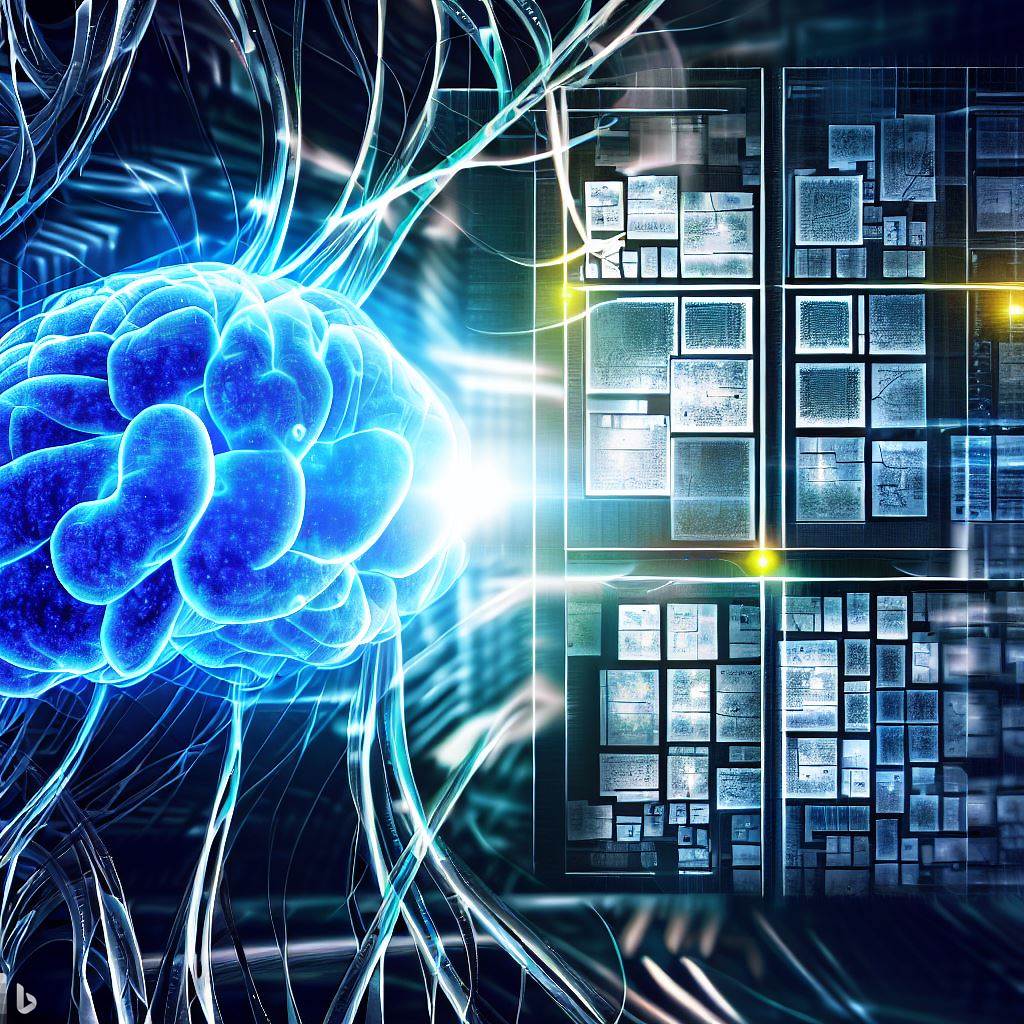Based upon this original paper:
Where is the mind within the brain? Transient selection of subnetworks by metabotropic receptors and G protein-gated ion channels
https://arxiv.org/ftp/arxiv/papers/2207/2207.11249.pdf
Abstract
This paper seeks to draw parallels between the physiological transient subnetwork selection mechanisms in the brain via G Protein-Gated Ion Channels (GPGICs) and Metabotropic Receptors (MRs), and the computational mechanism inherent in Microsoft's Semantic Kernel in collaboration with its Planner for semantic skill selection.
We propose that the Synthetic Mind's utilization of continuous semantic search across ever-evolving skill libraries offers a potentially more deterministic and optimal solution, rivaling the complexities and efficiencies found in the natural brain.
1. Introduction
Understanding the brain's mechanisms in information processing and skill execution is an ever-evolving field.
Likewise, in artificial intelligence, the quest to achieve a semblance of human-like processing has led to innovations like Microsoft's Semantic Kernel and the emergence of the Synthetic Mind.
This paper elucidates the possible synergies and differences between these natural and artificial paradigms.
2. The Neural Subnetwork Selection via GPGICs and MRs:
2.1. *Transient Subnetwork Selection*:
MRs and GPGICs contribute to the brain's capability to transiently route neural activity, effectively selecting appropriate neural circuits based on detected stimuli.
This routing can be seen as the brain's intrinsic method of choosing the "best-fit" neural response for a given input.
2.2. Physiological Determinants of Skill Execution
The choice of neural circuits via MRs and GPGICs determines how knowledge and skills are recalled and executed, essentially representing the brain's real-time decision-making mechanism based on stored information.
3. Microsoft's Semantic Kernel and Planner
3.1. Semantic Skill Selection
Microsoft's Semantic Kernel, in conjunction with its Planner, semantically searches and selects the most apt skills to achieve a specified goal.
This bears a striking resemblance to the brain's mechanism of skill selection, albeit in a digital space.
3.2. Determinism in the Artificial Paradigm
The deterministic nature of this computational method ensures that given a fixedset of conditions, the Semantic Kernel will invariably choose the same optimal skill-set, drawing a parallel with the brain's consistent (yet adaptable) responses to recurring stimuli.
4. The Synthetic Mind's Continuously Learning Skill Libraries
4.1. Semantic Search and Real-time Solutions
The Synthetic Mind offers real-time semantic services by perpetually searching across vast skill libraries that are in a state of continuous learning.
This iterative and expansive search ensures that the most current and optimal solution is always at the forefront.
4.2. Deterministic and Optimal Outcomes
Given the Synthetic Mind's ability to parse through updated libraries, its outcomes become increasingly deterministic and optimal over time.
This evolving nature mimics the human brain's capacity for adaptability and learning.
5. Comparison and Implications
5.1. Neural vs. Digital Skill Selection
While MRs and GPGICs offer a biological method for transiently selecting neural subnetworks, the Semantic Kernel's semantic search can be seen as its digital counterpart, each aiming for real-time, optimal responses.
5.2. Optimizing Outcomes with the Synthetic Mind
The Synthetic Mind's continuous semantic search offers a dynamic, ever-improving decision-making paradigm, suggesting that with enough data and learning, artificial systems can rival the brain's efficiency in skill selection and execution.
6. Conclusion
Drawing parallels between the intricacies of the brain and the capabilities of artificial systems like the Semantic Kernel and Synthetic Mind underscores the progress in bridging the divide between biology and technology.
As the Synthetic Mind continues to evolve, its promise of delivering deterministic and optimal outcomes in real time to all its subscribers may soon establish it as a hallmark of AI-driven decision-making, echoing the complexities and adaptabilities of the human mind.
Keywords: GPGICs, MRs, Microsoft Semantic Kernel, Planner, Synthetic Mind, semantic search, skill selection.

